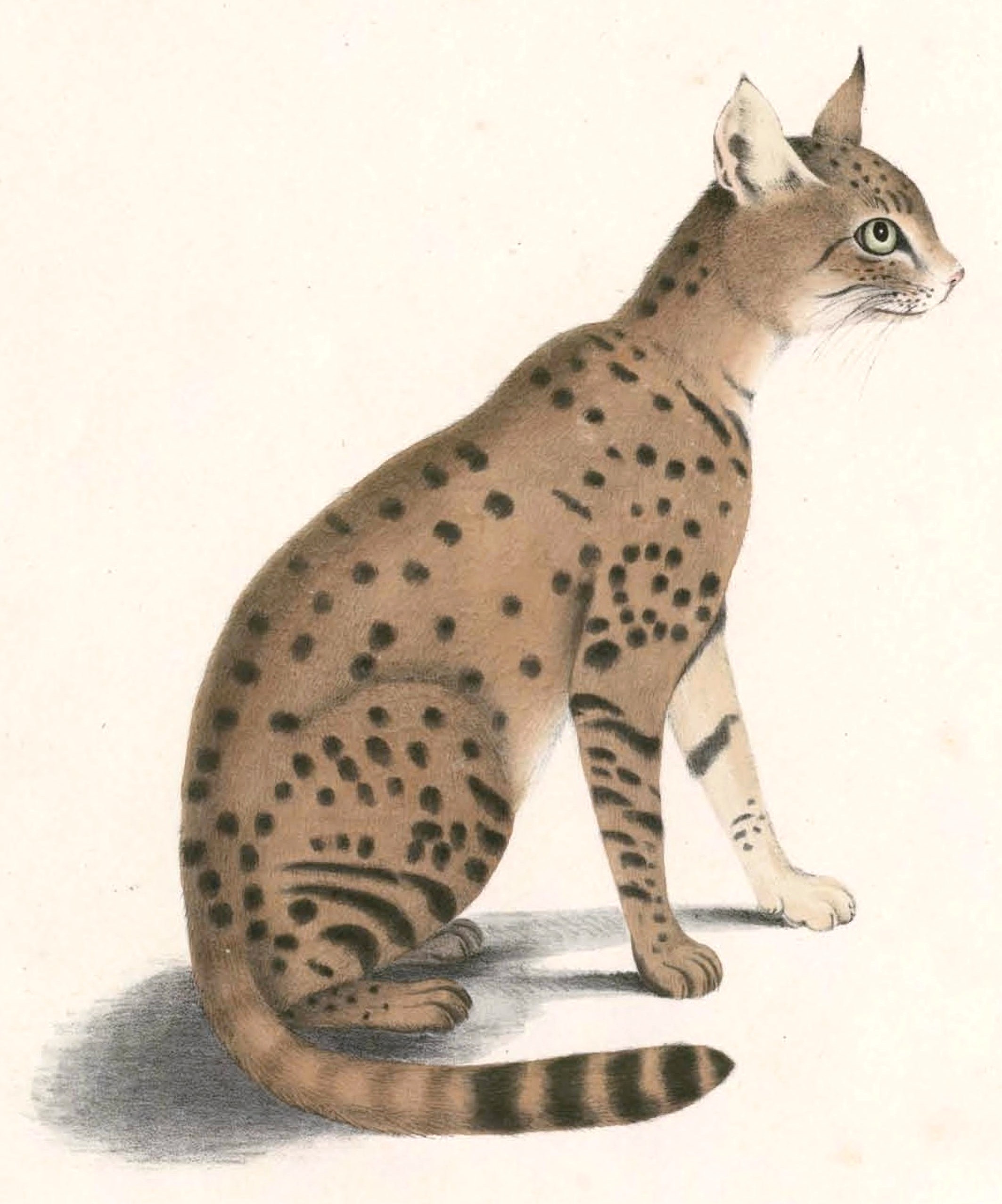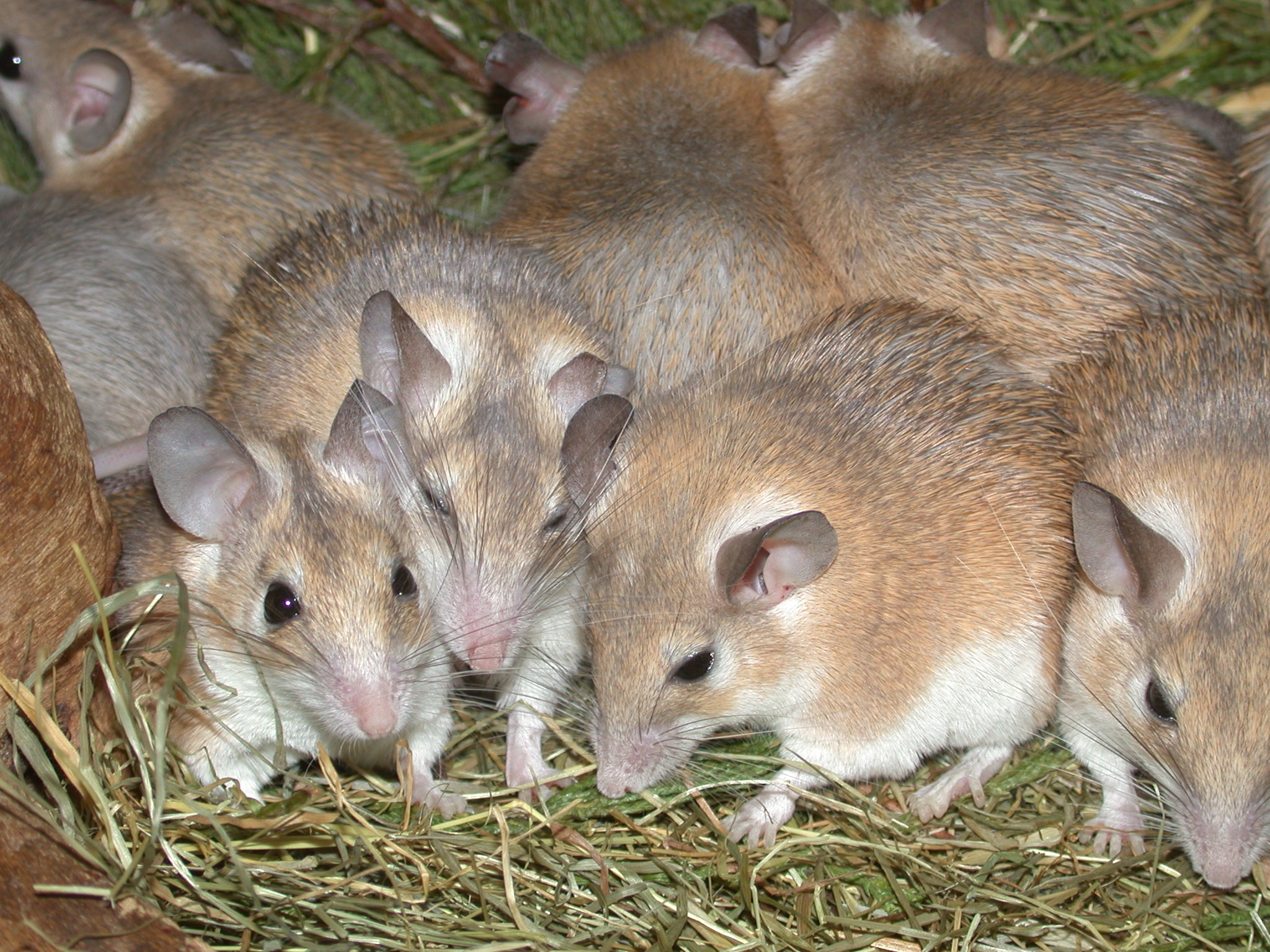|
Kirthar National Park
The Kirthar National Park ( ur, ), Sindhi (کيرٿرنيشنل پارڪ) is situated in the Kirthar Mountains in Jamshoro District in Sindh, Pakistan. The park was established in 1974, and encompasses over - making it the third largest national park in Pakistan by size after the Central Karakoram National Park and Hingol National Park. The park is accessible by four-wheel-drive vehicles and two rest houses belonging to the Sindh Wildlife Department are available for tourist accommodation. The park's fauna comprises Persian leopards, striped hyenas, Indian wolves, ratels, urials, chinkara gazelles and rare Sind wild goats. Blackbuck antelopes are kept in enclosures for a reintroduction project. Species Mammals Total species: 33. Mammals in the park include *Asiatic wildcat, ''Felis lybica ornata'' *Caracal, ''Caracal caracal caracal'' *Indian wolf, ''Canis lupus pallipes'' *Golden jackal, ''Canis aureus persica'' *White-footed fox, ''Vulpes vulpes pusilla'' * Striped hyena ... [...More Info...] [...Related Items...] OR: [Wikipedia] [Google] [Baidu] |
Sindh, Pakistan
Sindh (; ; ur, , ; historically romanized as Sind) is one of the four provinces of Pakistan. Located in the southeastern region of the country, Sindh is the third-largest province of Pakistan by land area and the second-largest province by population after Punjab. It shares land borders with the Pakistani provinces of Balochistan to the west and north-west and Punjab to the north. It shares International border with the Indian states of Gujarat and Rajasthan to the east; it is also bounded by the Arabian Sea to the south. Sindh's landscape consists mostly of alluvial plains flanking the Indus River, the Thar Desert in the eastern portion of the province along the international border with India, and the Kirthar Mountains in the western portion of the province. The economy of Sindh is the second-largest in Pakistan after the province of Punjab; its provincial capital of Karachi is the most populous city in the country as well as its main financial hub. Sindh is home to ... [...More Info...] [...Related Items...] OR: [Wikipedia] [Google] [Baidu] |
Asiatic Wildcat
The Asiatic wildcat (''Felis lybica ornata''), also known as the Asian steppe wildcat and the Indian desert cat, is an African wildcat subspecies that occurs from the eastern Caspian Sea north to Kazakhstan, into western India, western China and southern Mongolia. There is no information on current status or population numbers across the Asiatic wildcat's range as a whole, but populations are thought to be declining. Taxonomy ''Felis ornata'' was the scientific name used by John Edward Gray in the early 1830s as a caption to an illustration of an Indian wildcat from Thomas Hardwicke's collection. In subsequent years, several naturalists described spotted wildcat zoological specimens from Asian range countries and proposed names, including the following: *''Chaus caudatus'' by Gray in 1874 was a skin and skull from the Bukhara Region in Uzbekistan. *''Felis shawiana'' by William Thomas Blanford in 1876 was a pale wildcat skin from Yarkand in Xinjiang, western China. *''Feli ... [...More Info...] [...Related Items...] OR: [Wikipedia] [Google] [Baidu] |
Chinkara
The chinkara (''Gazella bennettii''), also known as the Indian gazelle, is a gazelle species native to Iran, Afghanistan, Pakistan and India. Taxonomy The following six subspecies are considered valid: * Deccan chinkara (''G. b. bennettii'') (Sykes 1831) – ranges from South India, from the Ganges Valley (east to the borders of West Bengal) south at least to Hyderabad, Andhra Pradesh, Deccan Plateau; * Gujarat chinkara ''(G. b. christii)'' (Blyth, 1842) – ranges from the desert lowlands of Pakistan, western India, Rann of Kutch, Kathiawar, Saurastra region and as far east of Ahmedabad district in Gujarat; * Kennion gazelle, eastern jebeer gazelle or Baluchistan gazelle (''G. b. fuscifrons'') ( Blanford, 1873) – occurs in eastern Iran, (southeast and along the Makran coast, Sistan and Baluchistan) southern Afghanistan, Pakistan, Balochistan Province to Sindh and northwestern India, Rajasthan, also the darkest subspecies; * Bushehr gazelle (''G. b. karamii'') ( Groves, ... [...More Info...] [...Related Items...] OR: [Wikipedia] [Google] [Baidu] |
Urial
The urial ( ; ''Ovis vignei''), also known as the arkars or shapo, is a wild sheep native to Central and South Asia. It is listed as Vulnerable on the IUCN Red List. Characteristics Urial males have large horns, curling outwards from the top of the head turning in to end somewhere behind the head; females have shorter, compressed horns. The horns of the males are up to long. The shoulder height of an adult male urial is between . Distribution and habitat The urial is native to montane areas in the Pamir Mountains, Hindu Kush and Himalayas up to an elevation of ; it is distributed from northeastern Iran, Afghanistan, Turkmenistan, Tajikistan, Uzbekistan and southwestern Kazakhstan to northern Pakistan and Ladakh in northwestern India. It prefers grassland, open woodland and gentle slopes, but also inhabits cold arid zones with little vegetation. Behaviour and ecology The mating season begins in September. Rams select four or five ewes, which give birth to a lamb after a ... [...More Info...] [...Related Items...] OR: [Wikipedia] [Google] [Baidu] |
Sind Bat
The Sind bat (''Rhyneptesicus nasutus'') is a species of vesper bat and the only member of the genus ''Rhyneptesicus''. It inhabits forests and arid areas near waterbodies in southwestern Saudi Arabia, Yemen and Oman, around the coast of the Gulf of Oman in southern Iraq and Iran. Isolated populations in southern Pakistan and northwestern Afghanistan Afghanistan, officially the Islamic Emirate of Afghanistan,; prs, امارت اسلامی افغانستان is a landlocked country located at the crossroads of Central Asia and South Asia. Referred to as the Heart of Asia, it is bord ... occur up to an elevation of . Its presence in Bahrain, Qatar and the United Arab Emirates is uncertain. References Mammals of Afghanistan Mammals of Pakistan Mammals described in 1877 Taxa named by George Edward Dobson Bats of Asia Taxonomy articles created by Polbot {{Vespertilionidae-stub ... [...More Info...] [...Related Items...] OR: [Wikipedia] [Google] [Baidu] |
Indian Bush Rat
The Indian bush rat (''Golunda ellioti'') is a rodent species in the family Muridae. It is the only extant member of the genus '' Golunda'', and is the only extant member of the tribe Arvicanthini found outside of Africa. The species is widely distributed in the Indian subcontinent west to Kohat and east to Guwahati. It also occurs in Sri Lanka. In addition, an isolated population exists in southeastern Iran Iran, officially the Islamic Republic of Iran, and also called Persia, is a country located in Western Asia. It is bordered by Iraq and Turkey to the west, by Azerbaijan and Armenia to the northwest, by the Caspian Sea and Turkm .... As many as 11 subspecies are recognized. The genus name is derived from the Kannada name of ''Gulandi'' while the specific name is after Sir Walter Elliot. The nominate form is from southern India. Other forms include ''limitaris'' (northwestern limits), ''paupera'' (Punjab), ''watsoni'' (Sind), ''gujerati'' (Gujarat), ''bo ... [...More Info...] [...Related Items...] OR: [Wikipedia] [Google] [Baidu] |
Sand-colored Soft-furred Rat
The sand-colored soft-furred rat (''Millardia gleadowi'') is a species of rodent in the family Muridae. It is found in India and Pakistan Pakistan ( ur, ), officially the Islamic Republic of Pakistan ( ur, , label=none), is a country in South Asia. It is the world's List of countries and dependencies by population, fifth-most populous country, with a population of almost 24 .... References * Millardia Mammals of Afghanistan Mammals of Pakistan Mammals described in 1886 Taxonomy articles created by Polbot {{Murinae-stub ... [...More Info...] [...Related Items...] OR: [Wikipedia] [Google] [Baidu] |
Cairo Spiny Mouse
The Cairo spiny mouse (''Acomys cahirinus''), also known as the common spiny mouse, Egyptian spiny mouse, or Arabian spiny mouse, is a nocturnal species of rodent in the family Muridae. It is found in Africa north of the Sahara, where its natural habitats are rocky areas and hot deserts. It is omnivorous and feeds on seeds, desert plants, snails, and insects. It is a gregarious animal and lives in small family groups. It is the first and only known rodent species that exhibit spontaneous decidualization and menstruation. Description The Cairo spiny mouse grows to a head and body length of about with a tail of much the same length. Adults weigh between . The colour of the Cairo spiny mouse is sandy-brown or greyish-brown above and whitish beneath. A line of spine-like bristles run along the ridge of the back. The snout is slender and pointed, the eyes are large, the ears are large and slightly pointed and the tail is devoid of hairs. The spiny mouse is known to have relativel ... [...More Info...] [...Related Items...] OR: [Wikipedia] [Google] [Baidu] |
Honey Badger
The honey badger (''Mellivora capensis''), also known as the ratel ( or ), is a mammal widely distributed in Africa, Southwest Asia, and the Indian subcontinent. Because of its wide range and occurrence in a variety of habitats, it is listed as Least Concern on the IUCN Red List. It is the only living species in the genus ''Mellivora'' and in the mustelid subfamily Mellivorinae. Despite its name, the honey badger does not closely resemble other badger species; instead, it bears more anatomical similarities to weasels. It is primarily a carnivorous species and has few natural predators because of its thick skin, strength and ferocious defensive abilities. Taxonomy ''Viverra capensis'' was the scientific name used by Johann Christian Daniel von Schreber in 1777 who described a honey badger skin from the Cape of Good Hope. ''Mellivorae'' was proposed as name for the genus by Gottlieb Conrad Christian Storr in 1780. Mellivorina was proposed as a tribe name by John ... [...More Info...] [...Related Items...] OR: [Wikipedia] [Google] [Baidu] |
Indian Grey Mongoose
The Indian grey mongoose (''Urva edwardsii'') is a mongoose species native to the Indian subcontinent and West Asia. It is listed as Least Concern on the IUCN Red List. The grey mongoose inhabits open forests, scrublands and cultivated fields, often close to human habitation. It lives in burrows, hedgerows and thickets, among groves of trees, and takes shelter under rocks or bushes and even in drains. It is bold and inquisitive but wary, seldom venturing far from cover. It is an excellent climber and usually lives singly or in pairs. Its prey includes rodents, snakes, birds’ eggs and hatchlings, lizards and a variety of invertebrates. Along the Chambal River it occasionally feeds on gharial eggs. It breeds throughout the year. Characteristics The Indian grey mongoose has tawny grey or iron grey fur, which is more grizzled and stiffer and coarser than that of other mongooses. The ruddiness of the coat varies in different subspecies, but it is described as appearing mor ... [...More Info...] [...Related Items...] OR: [Wikipedia] [Google] [Baidu] |
White-footed Fox
The white-footed fox (''Vulpes vulpes pusilla''), also known as the desert fox, is a small, Asiatic subspecies of red fox which occurs throughout most of northwestern Indian subcontinent, Pakistan's desert districts from Rawalpindi to Rajasthan and Kutch in India, Baluchistan, southern Iran, and Iraq. It is mostly found on sand-hills or in the broad sandy beds of semi-dry rivers, and only very rarely in fields, and then in the vicinity of sandy tracts. Description Like the Turkmenian fox, the white-footed fox has a primitive, infantile skull compared to those of its northern cousins. It is smaller than the Afghan red fox and Hill fox The red fox (''Vulpes vulpes'') is the largest of the true foxes and one of the most widely distributed members of the order Carnivora, being present across the entire Northern Hemisphere including most of North America, Europe and Asia, p ...es, and never exhibits a red phase in its winter coat, nor the silvery, hoary phase of the ... [...More Info...] [...Related Items...] OR: [Wikipedia] [Google] [Baidu] |






